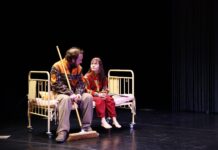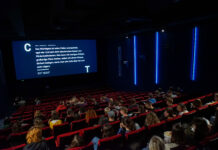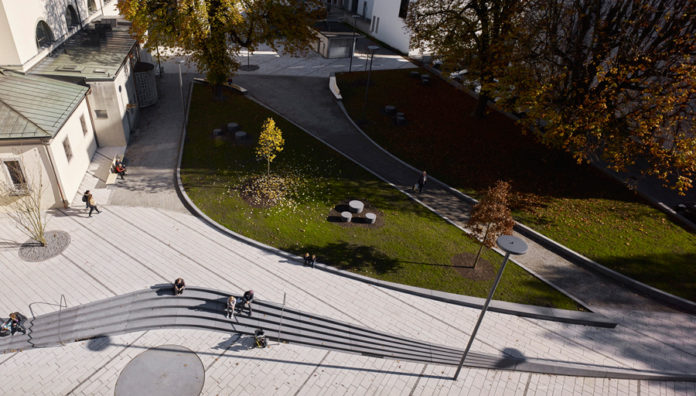
24.05. – 25.11.2018/24.05. – 25.11.2018; Venice/Dornbirn.
Thoughts Form Matter. On the necessity of beauty.
Verena Konrad, head of the Vorarlberger Architektur Institut, touches on a sore point with her concept for this year’s Austrian contribution to the Venice Biennale: “Much too often design happens without added value for public life. Architecture is no service.”
The curator of the Austrian pavilion in Venice focuses her attention on “free spaces” in two respects: spatial as well as intellectual.
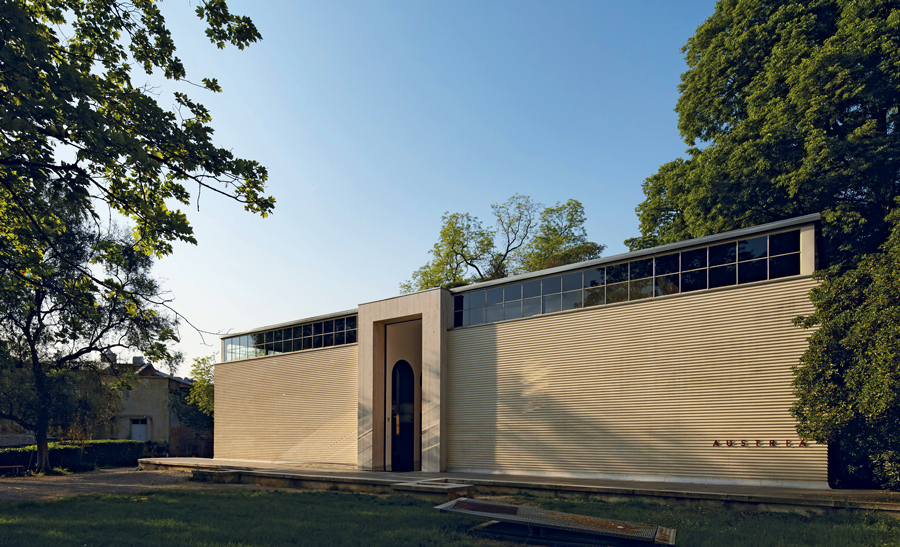
The usability of public spaces, of spaces in-between, which are not only subjected to the paradigms of their economical exploitability, plays an ever more important role in an increasingly urban society. It also predefines possible structures of social cohabitation and social interaction in a significant way.
Konrad poses the question of which responsibility architects have to bear in this context: “The practice of this profession entails responsibility, intellectual performance, aesthetic sensitivity. This further involves a plea for form since architecture is not the art of adjustment – it is not better the less visible it becomes. We want to celebrate architecture as both form and content.” In order to investigate how you can approach such a postulate in theory and practice, Konrad invited two architectural teams and one designer duo to design the Austrian pavilion at the Biennale:
The architectural office LAAC under the direction of Kathrin Aste and Frank Ludin intensively deals with (free) space designs among other things. For example, the “Stadtnaht” in Dornbirn. A free space design which skilfully plays with the existing topography of the place. LAAC’s contribution to the Biennale explores the formability of “free spaces” in the form of a spatial divergence that inscribes a circular area into the rectangular pavilion and thereby opens up the space to new space relations.
The architectural team Henke Schreieck (see also page XX) designed for their contribution to the Biennale a walk-in wood construction which investigates opposites in spaces: tight and bright, stable and fragile, constructive and poetic.
The design studio Sagmeister & Walsh, run by Vorarlberg designer Stefan Sagmeister together with his partner Jessica Walsh in New York, addresses the issue of the necessity of beauty in everyday life: a claim that has to be fought for each and every day at a time when huge areas are built-up and sealed daily all over the world without any claim to design.
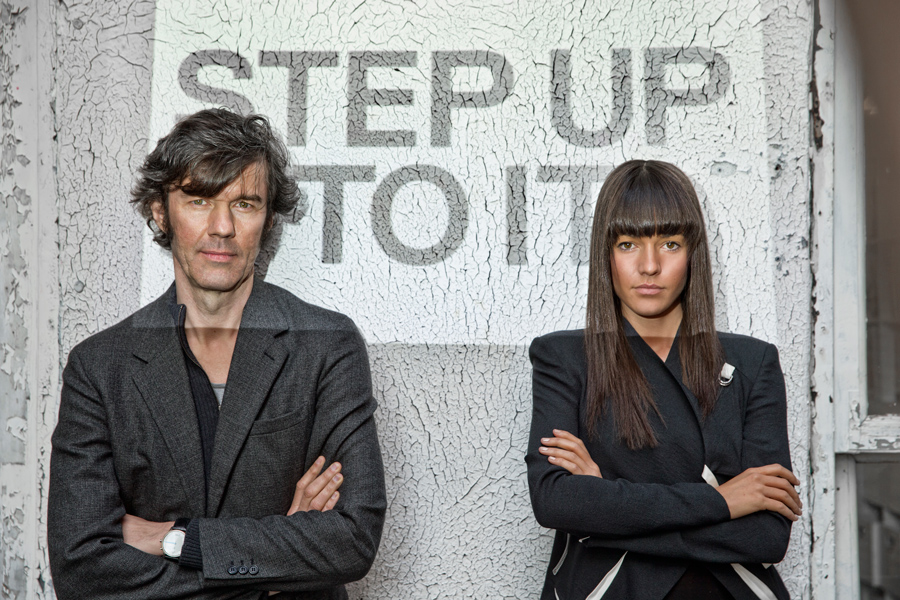
The Austrian contribution to the Biennale for architecture, “Thoughts Form Matter”, is a plea for the power of architecture as an intellectual examination and for the freedom of thinking spaces outside of functionalist and economical constraints. The exhibition “»Making of« Austrian Pavilion | Biennale Architettura di Venezia 2018“ at the Vorarlberger Architektur Institut also documents how much work such a project requires.
Austrian Pavilion
at the Venice Architecture Biennale 2018
Venice
24.05. – 25.11.2018
www.labiennale2018.at
»Making of« Austrian Pavilion | Biennale Architettura di Venezia 2018
Vorarlberger Architektur Institut
Dornbirn
12.06 – 06.10.2018
www.v-a-i.at



